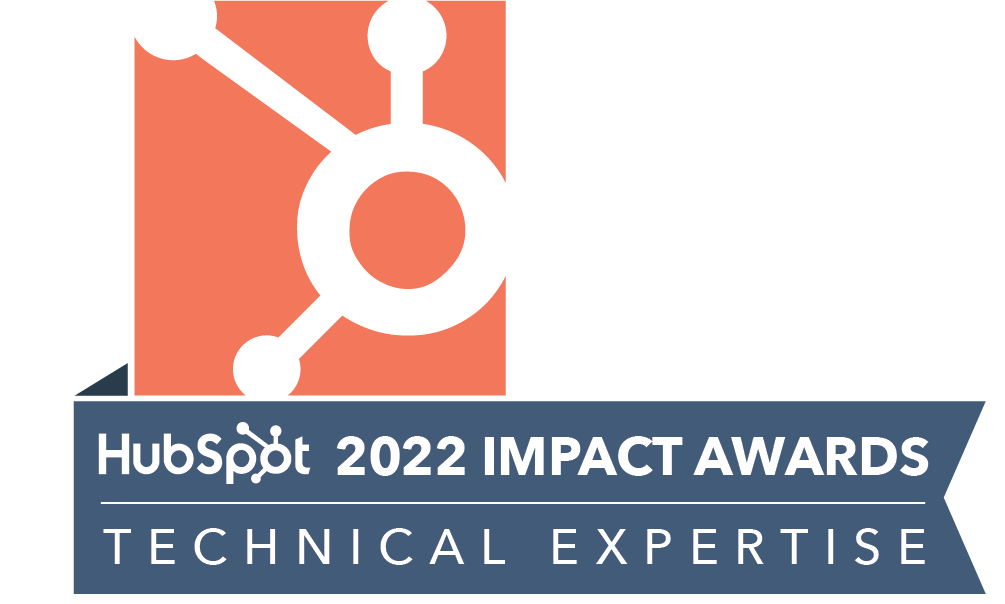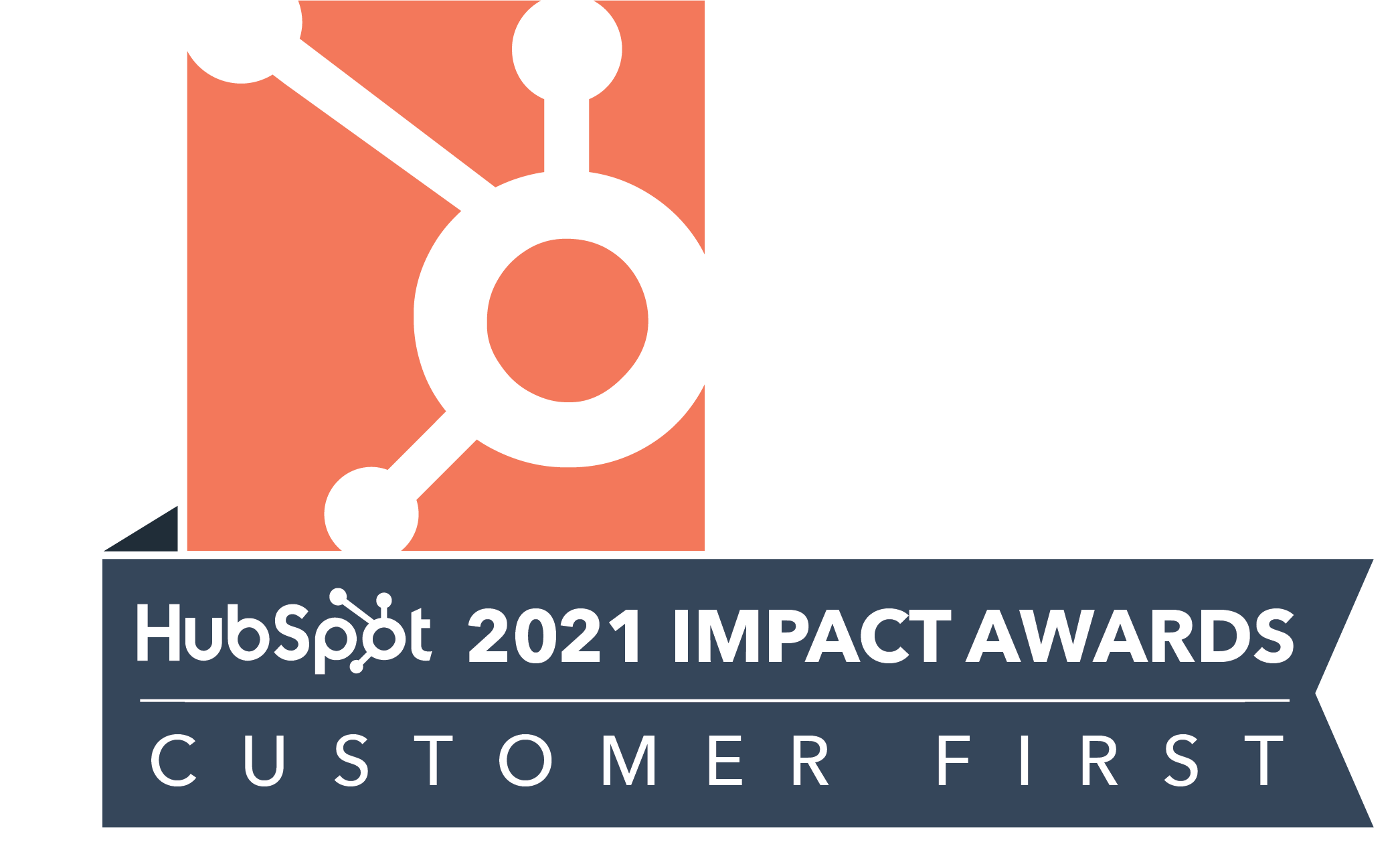It’s that time of the year when crystal balls are made to work overtime. And I went looking for some of the cool visions emerging out of the fog. Here’s a story I wrote largely based on the findings in Martech 2030: Five Trends in Marketing Technology for the Decade of the Augmented Marketer. The report is written by Scott Brinker of Chiefmartec.com and Jason Baldwin of WPP.
Marketing in Future – Building a great Marketing Campaign
It’s 2030 and we are looking at Rita, a senior marketer in a large tech company based in Europe. She is considered a great marketer. She does great marketing campaigns, knows how to leverage her great marketing apps and automation castle. She has degrees in data science and human behavior. Like all of her peers, she can code the way she can write in her first language.
Today, she is working on a new campaign. A new product launch is in the offing, and she has to work out the campaign and roll it out. The persona set is new to her, and consists of CTOs in the finance sector in the Asia Pacific region. But nothing that a thingamajig in her software castle can’t handle. She can enter what she knows about the persona into an app.
She will get to view a dashboard with snapshots of the persona, and even sub-personas, within the hour. She will then choose the best sets she wants to work with. No sweat.
The majority of her time will be spent in figuring out if any of her existing marketing models will work for this launch or not, and whether she needs to build a new one. She runs simulations to test success rates of her models with this new launch. She is not happy with what she sees.
And so it’s time to build a new model for this campaign.
Once that is built, the AI in her software castle will do the rest, orchestrating workflows that involve the creative, developers and analytics teams and so on. Ads will be released as per timelines, to the right ecosystems, optimized automatically to deliver the best results. Even the creative teams build their work atop AI-generated drafts (which can easily beat the best work one would see back in 2020). While overarching themes and the impact of creatives are conceptualized by the team, marketing automation tools help in modularizing content so they can be fed into the right channels, in the right formats adhering to the brand guidelines.
The campaign is now live!
Balancing the Future of Marketing Technology with Empathy
Far away in India, Joan, the CTO in a rapidly growing financial company is looking to buy a solution like the one sold by Rita’s company. Joan has vast experience in laying tech roadmaps that change the face of businesses.
Like Rita, Joan also has a phenomenal software and data analytics castle. Her team has fed the castle with the features they want in the new tool, their budgets, the compatibility they need with existing systems, and so on.
Joan now has a dashboard of all the possible options available in the market. And there is predictive solutions listing as well, which forecasts which companies are likely to launch a similar solution, and by when.
She chooses a few of the existing solutions. She wants to know the USP for each. And decides to listen to a mini podcast that is created in real time with all audio ads from the companies she has chosen.
She learns by listening, hence this is her way of imbibing new knowledge. That shortlists her list further, as some of Rita’s competitors have not looked at Joan’s learning style into consideration at all and hence not created audio ads.
Her nods are picked up by sensors and Joan’s software castle kicks into action. Her nods suggest her interest in three solutions, one of them is Rita’s. Her castle connects to those of the three companies shortlisted. Her dashboard gets updated with custom proposals.
Meanwhile Rita’s colleague in sales, Patrick, sees Joan’s interest in their solution. Rita, Patrick and some others in the Revenue team get together to collaborate on all the insights they have on Joan and her company. Patrick then spends some time with all the public multimedia artefacts of Joan. He leans into his intuitive skills, which is now an academic specialization stream by itself, and gets a sense of how he will approach the meeting with Joan. In the meeting, he chooses to switch off his AI-powered advisor that gives live recommendations. Consider him old fashioned, he actually believes in empathy. Maybe that’s why he is such a great salesperson.
Did Patrick win the deal?
Well, that’s not the point of the story, is it? It is how the lives of sales, marketers and buyers will look in a decade. There’s a ton of software and AI in it, but there’s a heavy dose of human capabilities such as creativity, intuition and empathy in it as well. Maybe machines will learn those too, but it’s not happening in this decade, say the authors of the book.
I tend to agree with that. Why? Call it an intuition.
What do you think of the future of marketing technology? I’ll be happy to chat!














